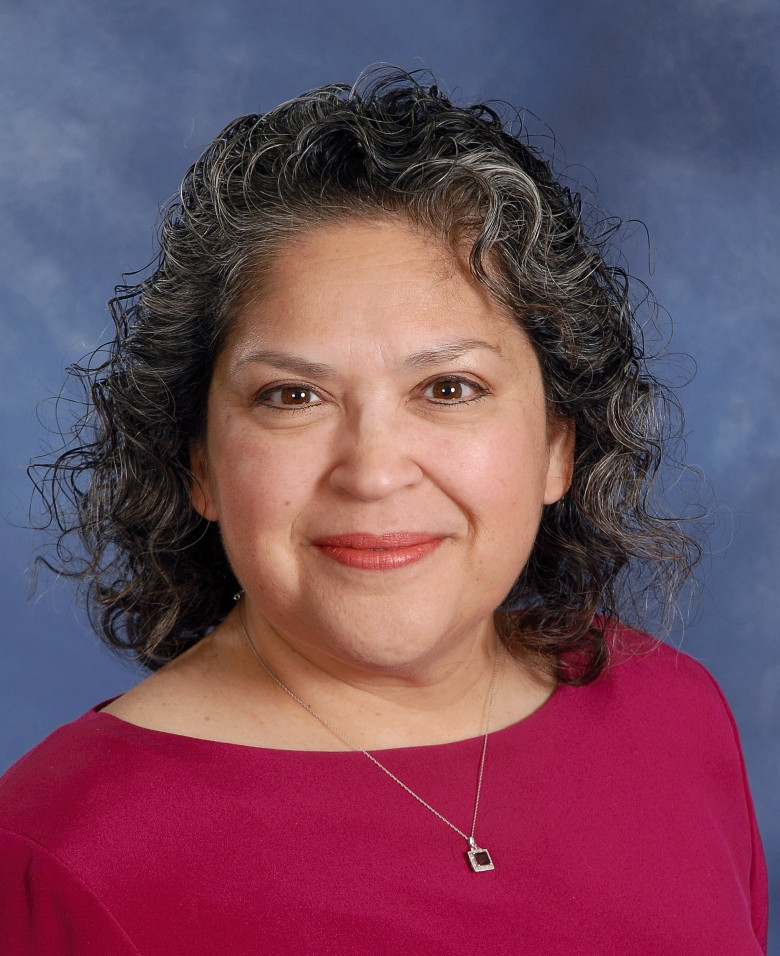New Works of Art: Schoenberg's "Traumleben" and "Lockung"
Tue, September 29, 2020 12:45 PM at Zoom (if you wish to attend, please email Michael Callahan at mrc@msu.edu)
Dr. Cynthia Gonzales, Associate Professor at Texas State University, presents a guest lecture at Michigan State University. The event is free and open to the public. It will take place via videoconference due to the COVID-19 pandemic. If you would like to attend, please contact Michael Callahan, Music Theory Area Chairperson, at mrc@msu.edu.
Abstract
The harmonic language in Arnold Schoenberg’s songs “Traumleben” and “Lockung,” both from op. 6 (1905), is enigmatic. “Traumleben” is well known for concluding with adjacent root-position E major and F major chords. “Lockung,” the composer boasted, avoids stating tonic harmony. In this paper, I borrow Edward T. Cone’s concept of a composer creating a new work of art when appropriating a poem to serve as the lyrics. Schoenberg’s music, I propose, does not enhance the poetry, but rather creates a new work by contradicting the meaning of the words. “Traumleben” is a love poem; but rather than projecting a love that unites and brings new life, Schoenberg’s music portrays a love that isolates and smothers. Even though the first phrase concludes with an ornamented dominant-tonic cadence, the dominant loses its tonic-defining role. The remaining phrases engage plagal elements that foreshadow the song’s Neapolitan-to-tonic conclusion. “Lockung” describes, in three stanzas, the details of a rapid chase that concludes with the narrator boasting “mein, bist du mein!” Schoenberg’s setting, however, re-writes the ending by recapitulating the musical gesture that earlier depicted the rapid darting about of the chase. Schoenberg’s music sets free the one once trapped.
Bio
 Cynthia I. Gonzales (“Dr. G”), an Associate Professor in the School of Music at Texas State University in San Marcos, TX, was honored in 2019 as a Texas State University System Regents’ Teacher and received the 2018 Texas State Presidential Award for Excellence in Teaching. Before joining the professoriate in the mid-1990s, Dr. G taught K-12 general and choral music in both public and private schools, as well as applied voice lessons.
Cynthia I. Gonzales (“Dr. G”), an Associate Professor in the School of Music at Texas State University in San Marcos, TX, was honored in 2019 as a Texas State University System Regents’ Teacher and received the 2018 Texas State Presidential Award for Excellence in Teaching. Before joining the professoriate in the mid-1990s, Dr. G taught K-12 general and choral music in both public and private schools, as well as applied voice lessons.
Soon after earning a Bachelor of Music Education degree from the University of North Texas in 1982, Dr. G started singing with professional choral ensembles, beginning with the Santa Fe Desert Chorale in the mid-1980s and concluding with the San Antonio Chamber Choir in 2016. She performed with Grammy®-winning Conspirare for 16 seasons, serving as Soprano Section Leader for more than a decade. She continues to make transcriptions and arrangements for Conspirare when published scores are unavailable. Since retiring as a professional choral musician, Dr. G has returned to her first love: singing and playing guitar. She remains connected to choral music by serving as Music Director at First Lutheran Church in San Marcos, TX; and by composing sight reading pieces for Texas UIL Choir Contest.
Dr. G earned three graduate degrees in music theory (Ph.D. and A.M., Harvard University; M.M., University of North Texas). Her primary research area is text-music relationships in the early (tonal) Lieder of Arnold Schoenberg. In addition to performing this repertoire, Dr. G has given numerous presentations about Schoenberg’s songs at international, national, and regional conferences. She is currently writing a book about Schoenberg’s eight songs in op. 6 that were published in 1907.
Aural Skills is Dr. G’s favorite class to teach. She has delivered almost 20 presentations about SmartMusic® as an aural skills “tutor,” including a keynote talk at Pedagogy into Practice: Teaching Music Theory in the 21st Century and as a clinician for the 2019 UMass-Amherst Workshops in Music Theory Pedagogy. In September 2019, SmartMusic® began publishing in its software Dr. G’s aural skills exercises. She maintains a website with theory and aural skills pedagogical resources at Listen-Sing.com.
Dr. G is currently on the editorial board for the College Music Society’s Symposium and for the Journal of Music Theory Pedagogy. Additionally, she has been a Reader for the AP Music Theory Exam since 2015. In her spare time, she weeds her garden.

